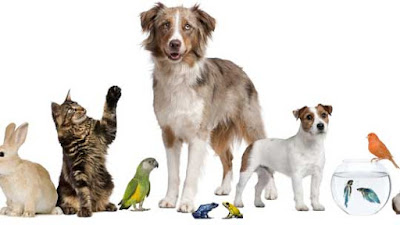Adopting a dog or cat from a no-kill shelter can free up space for older or special needs pets that may not find new homes before the end of their natural lives.
 |
| Adopt a Pet |
Compared to the cost of purchasing a pet, adopting one from an animal shelter is relatively inexpensive. And if you get a slightly older dog or cat, there's a good chance he is already fully vaccinated and neutered.
Adopting an older pet allows you to skip over the time consuming, often frustrating puppy or kitten stage of development.
Adopting a mature dog or cat also takes the guesswork out of determining what your pet will look like as an adult – what size she'll grow to, the thickness and color of her coat and her basic temperament, for example.
Depending on his background, your older pet may already be housebroken or litter box trained and know basic obedience commands like come, sit, stay and down.
Many shelters and rescues also provide lots of new owner support in the form of materials about training, common behavior problems, nutrition, basic grooming and general care. In some cases there are even free hotlines you can call for questions on behavior, training and other concerns.
If you have kids, and especially if the new pet will belong to a child, adopting a shelter animal can open a young person's eyes to the plight of homeless pets. It can also help him learn compassion and responsibility, as well as how wonderful it feels to provide a forever home to a pet that might otherwise live life in a cage, or be euthanized.
An older adoptive pet can be the perfect companion for an older person. Many middle-aged and senior dogs and cats require less physical exertion and attention than younger animals.
An adopted pet can enrich your life in ways both big and small. The unconditional love and loyalty of a dog or cat can lift depression, ease loneliness, lower blood pressure, and give you a reason to get up in the morning. A kitty asleep in your lap feels warm and comforting. A dog that loves to walk or run outdoors can be just the incentive you need to start exercising regularly.

